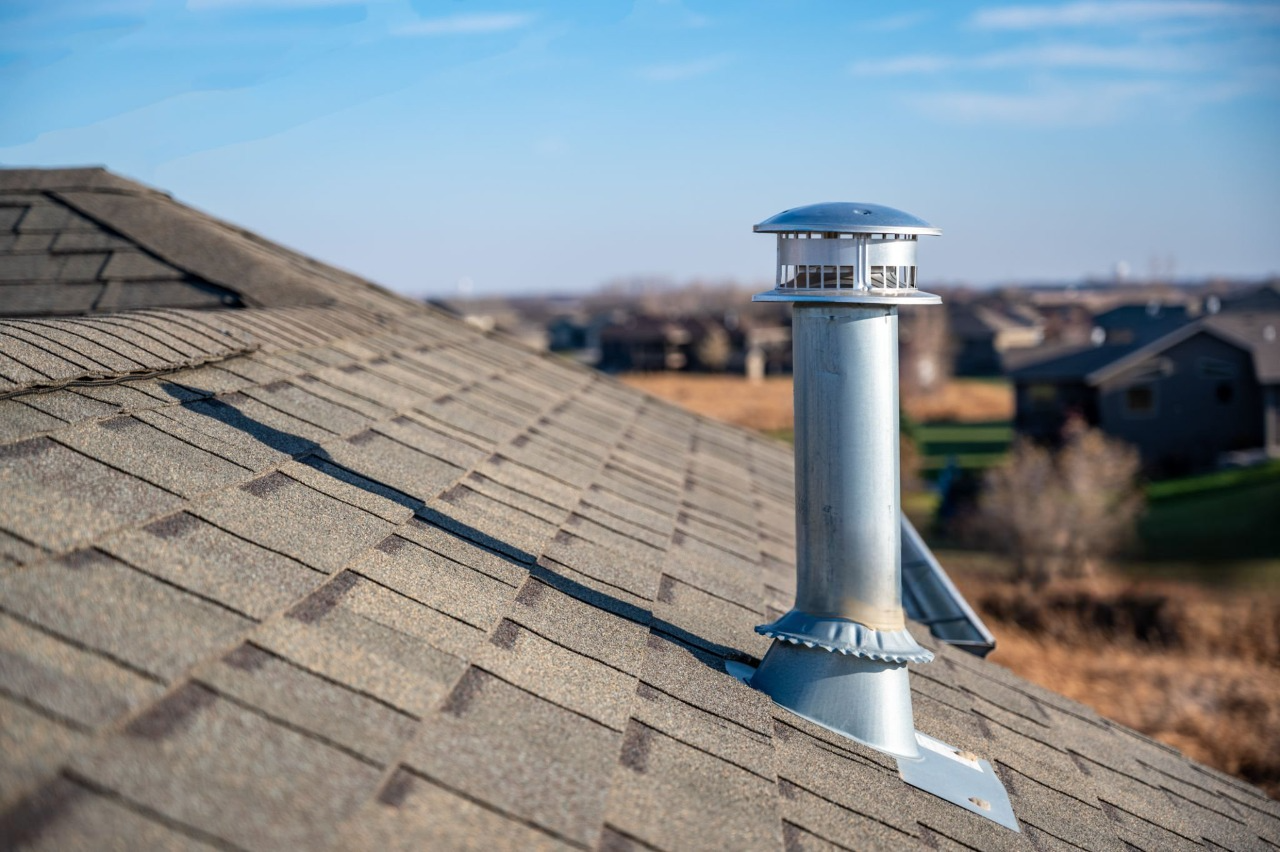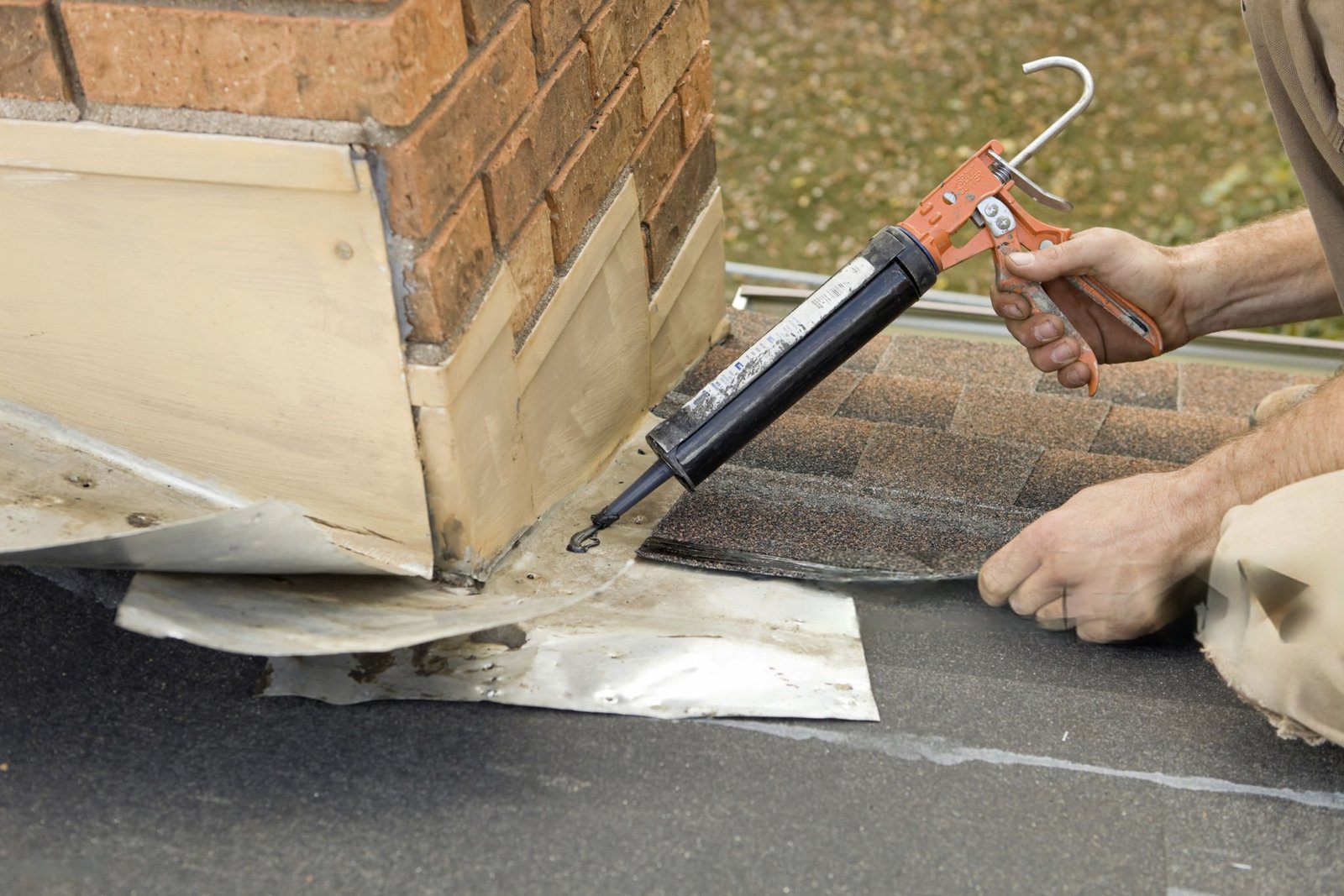
A chimney is an essential part of your home’s heating system, especially if you have a fireplace or wood stove. Not only does it provide warmth and comfort during cold months, but it also plays a key role in safely venting the smoke and gases from your fires outside the home. However, when a chimney becomes damaged or neglected, it can lead to a range of serious and costly issues. Timely chimney repairs are not only necessary for safety but also for preventing expensive damage to your home and health. In this blog, we’ll explore the dangers of a damaged chimney and why making repairs quickly can save you money in the long run.
1. Risk of Chimney Fires
One of the most significant dangers of a damaged chimney is the increased risk of a chimney fire. Chimney fires can start when flammable substances, such as creosote, build up inside the chimney flue. Creosote is a byproduct of burning wood and can accumulate over time if the chimney isn’t properly cleaned. When a large amount of creosote builds up, it becomes highly flammable. A spark from a fire in your fireplace or stove can ignite the creosote, leading to a dangerous chimney fire.
Chimney fires are not only destructive but also incredibly dangerous. A chimney fire can spread to other parts of your home, causing a fire that can be difficult to contain. Even if the fire doesn’t spread to the rest of the house, it can severely damage the chimney structure, resulting in costly repairs or replacement.
To avoid this, it’s crucial to have your chimney cleaned and inspected regularly by a professional. If you notice signs of creosote buildup, such as a strong, smoky odor or a dark, greasy coating inside the chimney, immediate attention is needed to prevent the risk of fire.
2. Carbon Monoxide Poisoning
Another significant danger of a damaged chimney is the risk of carbon monoxide poisoning. Carbon monoxide is a colorless, odorless gas that is produced when fuel, such as wood or coal, doesn’t burn completely. Normally, the chimney vents this dangerous gas safely outside your home. However, if the chimney is blocked, damaged, or not functioning correctly, carbon monoxide can seep back into the house.
Carbon monoxide poisoning is a serious and potentially deadly condition. Symptoms of carbon monoxide poisoning include dizziness, nausea, headaches, confusion, and in severe cases, loss of consciousness or death. People are particularly vulnerable to carbon monoxide poisoning while sleeping, as the gas doesn’t have any noticeable odor or taste.
If your chimney is damaged, it could be allowing carbon monoxide to leak into your home. Common causes include blocked flues, damaged chimney liners, or deteriorating masonry. To prevent this, always ensure that your chimney is regularly inspected, especially if you notice signs of damage like cracks, rust, or corrosion in the chimney or flue. Regular maintenance will help ensure that carbon monoxide is vented safely out of your home.
3. Water Damage and Structural Issues
Water damage is another significant concern when it comes to a damaged chimney. Chimneys are exposed to the elements all year round, so they are vulnerable to water infiltration. Water can enter through cracked masonry, broken chimney caps, or worn-out flashing, leading to a range of problems, including mold growth, rust, and even the weakening of the chimney’s structure.
When water gets into the chimney, it can cause:
- Cracking of Chimney Mortar: Water that enters the masonry can freeze during colder months, expanding and causing cracks in the mortar. Over time, this deterioration weakens the structure, making it more susceptible to collapse or failure.
- Rust and Corrosion: The metal parts of the chimney, such as the damper, flue liner, and chimney cap, are particularly vulnerable to rust and corrosion when exposed to moisture. Rust weakens these components, making them more prone to failure and increasing the risk of other issues like backdrafting or a full collapse.
- Mold and Mildew: Moisture inside the chimney can also lead to mold and mildew growth. These can spread to other areas of the home, causing health problems and further damage.
In some cases, water damage to the chimney can result in costly repairs that might have been avoided with proper maintenance and timely repairs. A damaged chimney cap, for example, is an easy fix that can prevent significant water damage. Similarly, addressing cracks in the masonry early on can prevent them from growing and causing structural collapse.
4. Decreased Efficiency and Higher Heating Bills
A damaged chimney can reduce the efficiency of your fireplace or heating system, leading to higher energy bills. A chimney that isn’t working properly can’t effectively vent smoke, heat, or gases, which means that your fireplace or stove may not be able to burn fuel as efficiently. This can lead to a loss of heat, forcing your heating system to work harder to maintain a comfortable temperature in your home.
Additionally, if the chimney is blocked or clogged with soot or debris, it can reduce airflow, causing the fire to burn inefficiently and wasting fuel. In colder months, this inefficiency means that you’ll end up using more fuel to heat your home, resulting in increased heating costs.
Repairing a damaged chimney not only ensures that your fireplace or stove works as it should, but it also helps to save you money on heating costs in the long term. Fixing issues like cracks, debris buildup, or a faulty damper can improve the airflow and efficiency of your chimney, reducing your reliance on other heating sources and ultimately lowering your energy bills.
5. Increased Repair Costs Over Time
Ignoring chimney repairs can lead to larger and more expensive issues down the road. Small problems, like a cracked brick or a worn chimney liner, may seem insignificant at first, but they can quickly escalate if left unaddressed. Over time, water infiltration, creosote buildup, and other issues can cause more severe damage that requires costly repairs or even the replacement of the entire chimney.
By addressing chimney problems as soon as they arise, you can prevent them from becoming bigger, more expensive issues. For example, repairing small cracks in the masonry early on can prevent water damage that may eventually require the entire chimney to be rebuilt. Regular chimney cleaning and inspection can catch issues like creosote buildup before they lead to a dangerous chimney fire. Timely repairs can ultimately save you a significant amount of money by preventing larger, more expensive repairs later on.
6. Decreased Property Value
If your chimney is damaged or neglected, it can also impact the overall value of your home. A deteriorating chimney is a red flag to potential buyers, who may see it as a major expense and liability. If you plan to sell your home in the future, a damaged chimney could lower its market value, and you may need to reduce the price to accommodate the cost of repairs.
In addition, many home buyers will request a chimney inspection as part of the buying process. If your chimney is in poor condition, they may back out of the sale or demand that repairs be made before they agree to purchase the home.
Addressing chimney issues early on and making necessary repairs can help maintain your home’s value, ensuring that it stays in good condition and is more attractive to potential buyers.
Conclusion
Chimney damage may seem like a minor issue, but it can lead to significant safety hazards, costly repairs, and decreased home value if left untreated. Timely repairs not only protect your family’s safety by reducing the risk of chimney fires and carbon monoxide poisoning, but they also help prevent expensive structural damage, inefficient heating, and increased repair costs down the road. By investing in regular chimney maintenance and addressing issues as they arise, you’ll save money and ensure that your chimney remains a safe and functional part of your home for years to come.
If you’ve noticed any signs of chimney damage, don’t wait to address the issue. Contact Golden Hands Chimney for a thorough inspection and expert repairs. Timely action can save you money, protect your home, and keep your chimney in top condition.
Related Posts
How to Choose the Right Chimney Repair Company: What You Need to Know
When your chimney needs repairs, it’s essential to choose a reliable, experienced, and trustworthy company…
Signs Your Chimney Needs Repair and Why You Shouldn’t Ignore Them
Chimneys are often out of sight and out of mind, but they play a crucial…



